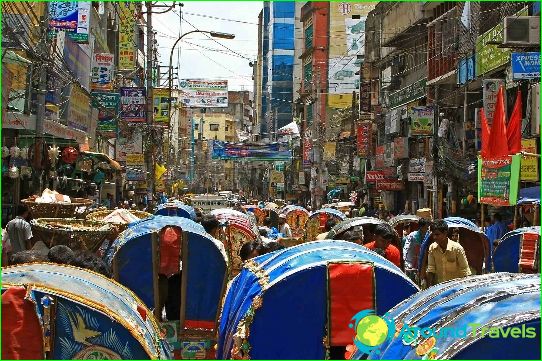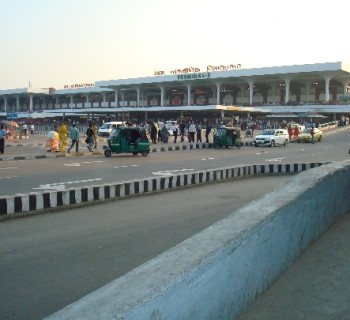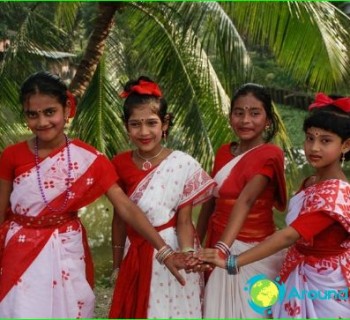Bangladesh culture

This state was formerly called Bengal and its traditions and customs are considered one of the oldest throughout Asia. The proximity of India, multinational composition, special weather conditions, different religions and beliefs, all this helped to form the unique and colorful culture of Bangladesh..
Religion and Beliefs
The overwhelming majority of the country's inhabitants are Muslims, the rest are Hindus and Buddhists. Religion gives certain characteristics to all aspects of human life, and therefore architecture, sculpture, and music in Bangladesh bears the imprint of the beliefs of its inhabitants.
Despite the rather motley religious composition of the population, the inhabitants of Bangladesh live quite peacefully. They harmoniously exist side by side with representatives of a different faith. It is customary for them to celebrate holidays together and participate in various ceremonies, while most of the country's inhabitants, like many centuries ago, continue to believe in pagan rituals..
Bengali writers
The culture of Bangladesh has absorbed the most diverse traditions of the Indian subcontinent and adjacent territories for centuries. The language of Bengal arose a long time ago, and the first texts written in it appeared in the 8th century. It was religious literature, the most famous works of which belong to the pen of Chandidas. His hymns in honor of Krishna and lyric poetry brought glory to the literary school that Candidasa created.
In the 19th century, the culture of Bangladesh was greatly enriched by the works of the famous writer Rabindranath Tagore. His poems are loved by many modern readers..
World heritage
The famous UNESCO list includes several cultural sites in Bangladesh. The most famous of them are offered to tourists for visiting during excursions:
- The city of mosques Bagerhat, the main objects of which were built in the 15th century. Then on the territory of Bangladesh there was a sultanate ruled by Nazir al-din Mahmud Shah. During the years of his reign, the sultanate achieved great economic success and prosperity, and the buildings built have been preserved almost in their original form to this day..
- Buddhist vihara or abode in Paharpur. The building dates back to the 8th century and is a huge stupa, around which there are more than 170 cells for monks. The monastery is the largest not only in Bangladesh, but also in India and other neighboring countries.



